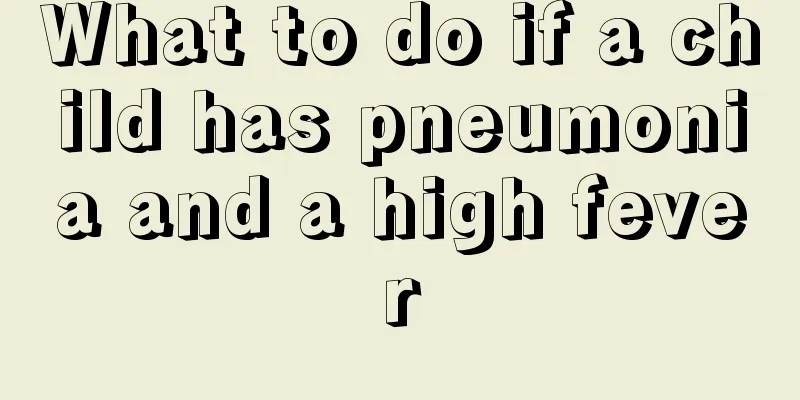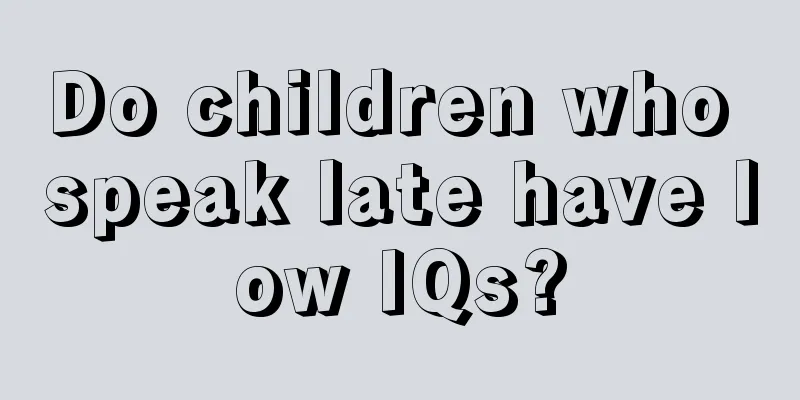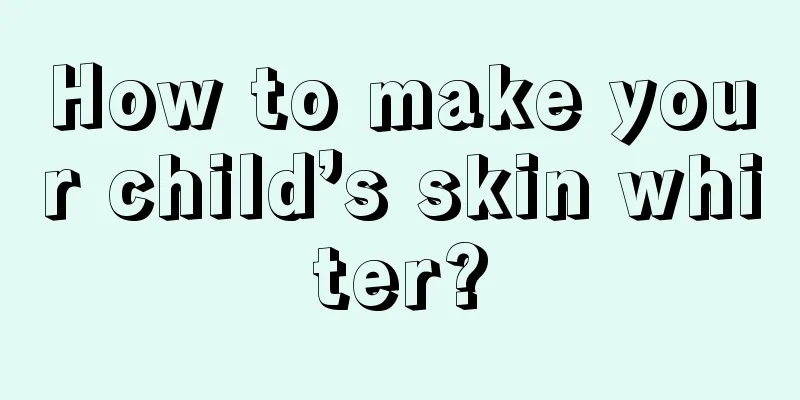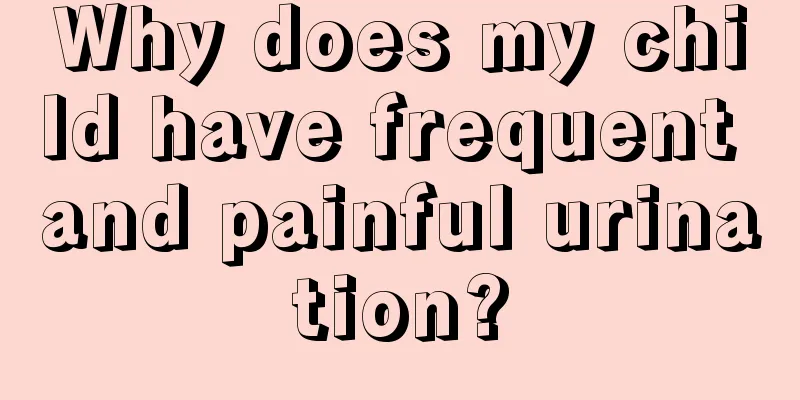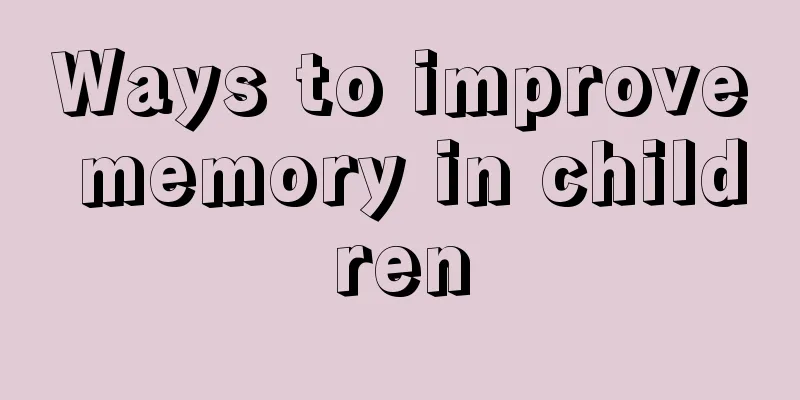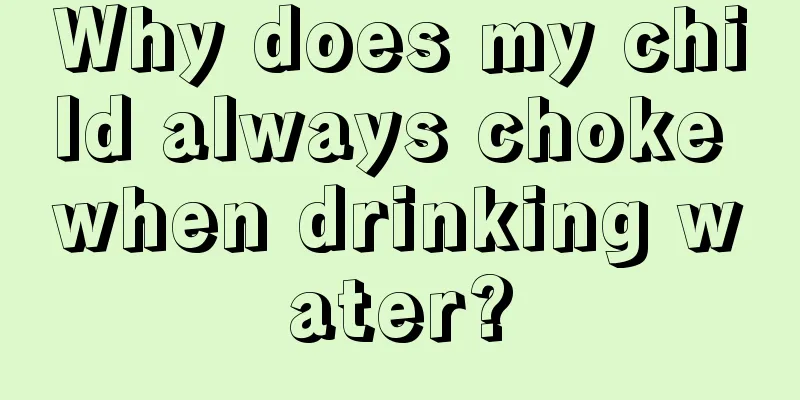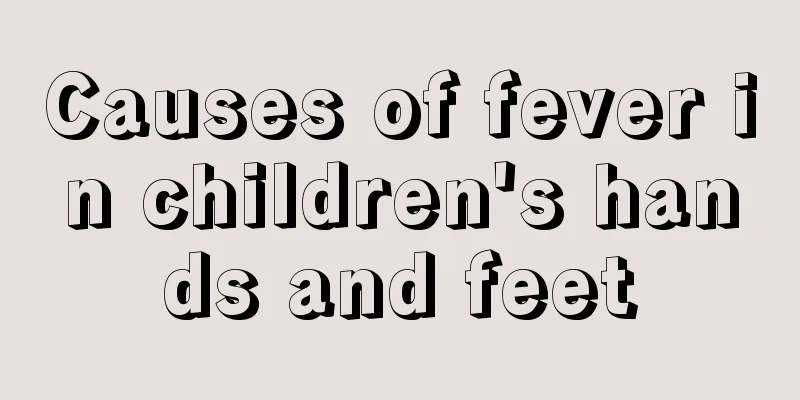Sternocleidomastoid torticollis
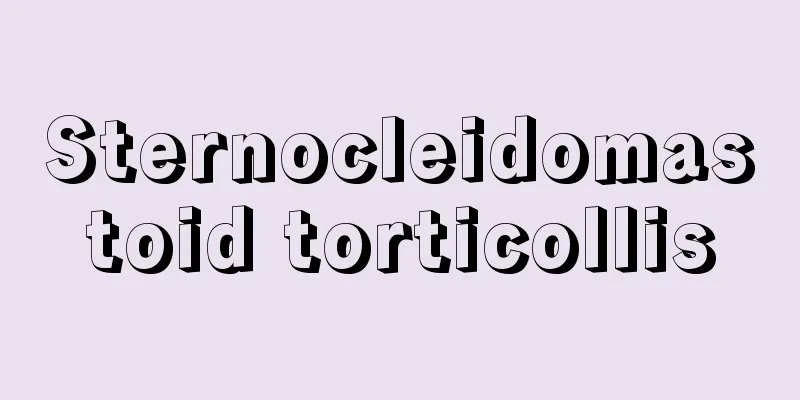
|
What people pay most attention to nowadays is health, especially the health of children in a family. Because if a child becomes sick or is in poor health, that is usually what makes the family most worried. However, because children are young, they are often prone to illness problems. Parents can choose to use different treatment methods. Sternocleidomastoid torticollis is a relatively common phenomenon, so what should be done about sternocleidomastoid torticollis? Massage therapy for torticollis Torticollis is muscular torticollis in children, also known as congenital sternocleidomastoid contracture torticollis. It is common in infants and young children and is characterized by the head tilting to the affected side, leaning forward, and the face rotating to the affected side. The cause of torticollis has not been fully confirmed. It is generally believed that it is mostly due to the poor position of the fetus in the uterus, which causes compression of the sternocleidomastoid muscle on one side and obstruction of blood circulation, causing ischemic muscle fiber degeneration of the muscle; or due to malposition of the fetus during delivery, the fetal sternocleidomastoid muscle is squeezed by the birth canal or forceps, causing injury and bleeding, and the hematoma organizes to form contracture, which leads to torticollis. Traditional Chinese medicine believes that the pathogenesis of torticollis is disorder of Qi and blood, obstruction of meridians, and stagnation of Qi and blood. Children with torticollis initially have a lump in the sternocleidomastoid muscle on one side, which disappears on its own after about half a year (some do not disappear). However, the sternocleidomastoid muscle on the affected side gradually contracts and becomes tense, protruding like a cord. The head tilts to one side and forward, and facial development is affected, leading to atrophy and asymmetry with the healthy side. Massage has a good effect on the treatment of torticollis in children. It can improve local blood circulation, relieve muscle spasms, promote the dissipation of swelling, and improve and restore neck movement function. Sit down, support the child's affected shoulder with one hand and the top of the child's head with the other hand, so that the child's head gradually tilts toward the healthy side and gradually lengthens the affected sternocleidomastoid muscle. Repeat 8 times. Lie on your back and use your index, middle and ring fingers to massage the sternocleidomastoid muscle on the affected side for about 3 minutes. Lie on your back and use your thumb, index finger, and middle finger to hold the sternocleidomastoid muscle on the affected side for 3 minutes. Lie on your back, and use the tip of your thumb to press and rub the Yintang, Taiyang, and Dicang points in turn for half a minute each; then use the tip of your thumb to press the Jianjing, Quchi, Shousanli, Waiguan, and Hegu points 30 times each. |
>>: How to correct children's skeletal protrusions
Recommend
What to do if a girl has a big belly
Having a perfect figure is very important for man...
Baby skin port wine stain
Many children are born with some red spots on the...
There is a white spot on the baby's hand
Parents are very concerned about their babies and...
Why is there blood in the stool of a five-month-old baby?
Every baby has different physical characteristics...
What should I do if my child gets prickly heat?
Every summer, it means we have to go through a pe...
What is the cause of low platelet count in children?
As parents, we should pay attention to the causes...
What to do if a six-year-old child keeps coughing at night
Many parents must have encountered situations whe...
My child's eyes suddenly became swollen. What happened?
Children under three years old are in the first c...
What to do if your child keeps coughing
Coughing is a common symptom in our lives. Many c...
Occult blood in children's urine?
If a child has occult blood in his urine and has ...
What should I do if my child's throat is inflamed and festering?
In life, when children are sick, parents are usua...
Reasons why baby vomits sour milk
Many parents often find that their babies spit up...
How to judge whether your child has ADHD? Ten tips to help you
The most taboo thing for children during their le...
The significance of blood sampling from the soles of newborn babies
When many babies are born, the hospital will draw...
Why is my two-month-old baby easily awakened when sleeping?
A two-month-old baby is very small and very worth...
